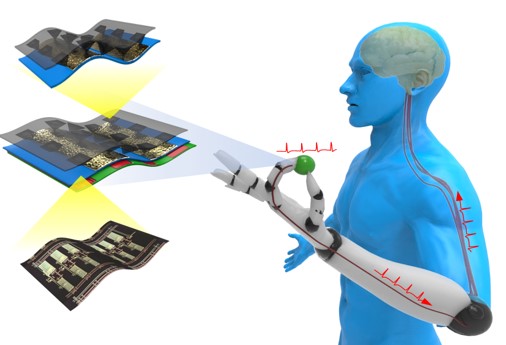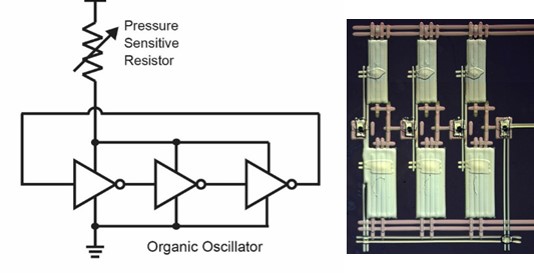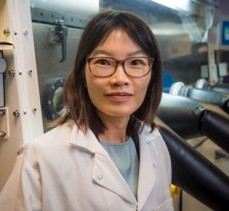Welcome to the Ng Lab!
We engineer flexible electronics and novel processing methodologies to advance free-form fabrication for innovative electronics.
We engineer flexible electronics and novel processing methodologies to advance free-form fabrication for innovative electronics.
 Scientific Reports, 2, (2012) 585
Scientific Reports, 2, (2012) 585
My vision for flexible electronics is not only to create new stretchable objects and applications, but also to increase design and process versatility by taking advantage of digital fabrication techniques.
Printing is currently at the mesoscale regime that bridges the gap between nanoscale patterning and macroscale machining. Engineering the compatibility of multiple materials will be advantageous for integration of different components. Today, commercial and open-source digital printers have created many 3D structural parts that have intricate geometric shapes not possible by make any other method. Currently 3D printing is concentrated on structural form, and very little consideration is placed on other functionalities. If flexible electronic devices such as sensors, indicators, and power sources can be embedded and are integral with structural supports, many more new system designs and functions will become available. I want to solve this device and material issue to expand design freedom and advance fabrication capabilites.


Science, 350, (2015) 313 In collaboration with the Zhenan Bao group and Stanford colleagues

Professor Tina Ng's research involves plastic electronics patterned by inkjet printing instead of traditional photolithography. She is a Fellow of IEEE (2025), National Academy of Inventors (2021) and a recipient of the National Science Foundation Mid-Career Advancement Award. She is a Hartwell Investigator on biomedical devices for spasticity assessment and has been awarded second place in the 2017 Bell Lab Prize Competition for her work in organic short wave infrared detection. Prior to joining UCSD, she was a Senior Research Scientist at Palo Alto Research Center. Her work includes demonstration of bendable image sensors for x-ray medical imaging, complementary organic circuits and non-volatile memory for a sensor tape that monitors head concussions. She led the development of printed sensor platforms (a joint project between PARC and ThinFilm Electronics) -- which was awarded the 2012 FLEXI Innovation Award and named Runner-Up of Wall Street Journal Technology Innovation Award in 2012.
Professor Ng received her Ph.D. in Physical Chemistry from Cornell University, where she worked with Professor John Marohn on (1) examining charge injection processes in organic semiconductors by electric force microscopy and (2) thermomagnetic fluctuations and hysteresis loops of sub-micron magnets for magnetic resonance force microscopy.
Infrared upconversion revealing vasculature blood flow Adv. Funct. Mater., 202100565 (2021)
High-Fidelity Surface Morphing Appl. Mater. Today, 101501, 27 (2022)